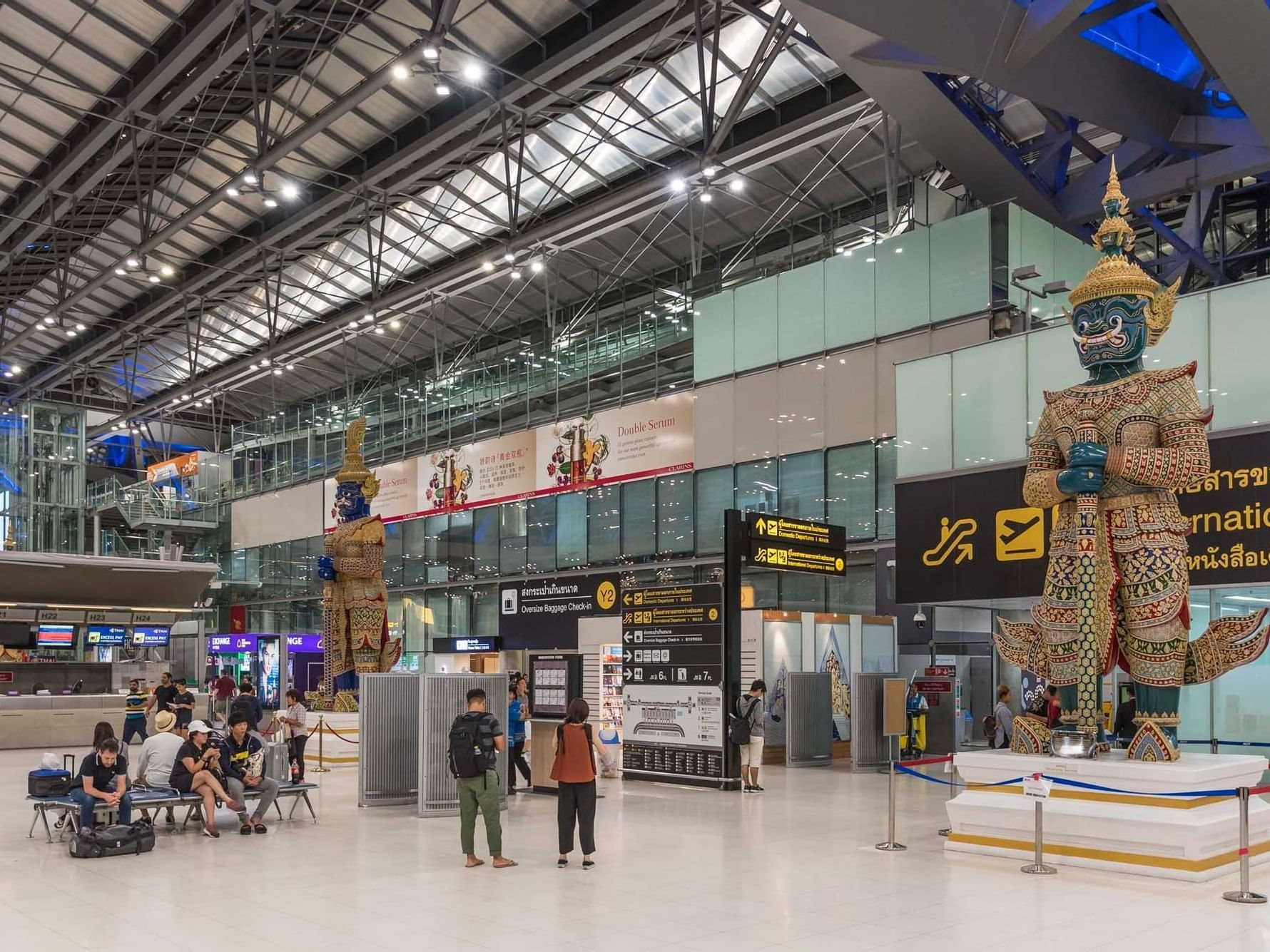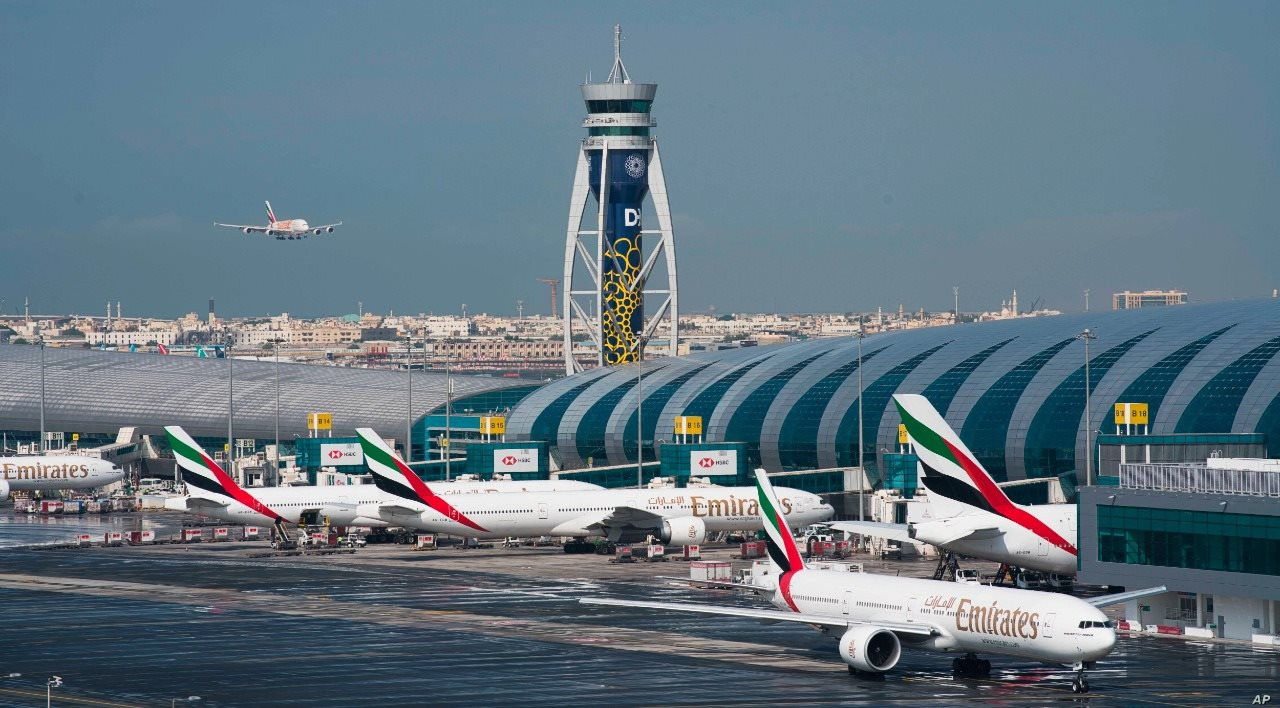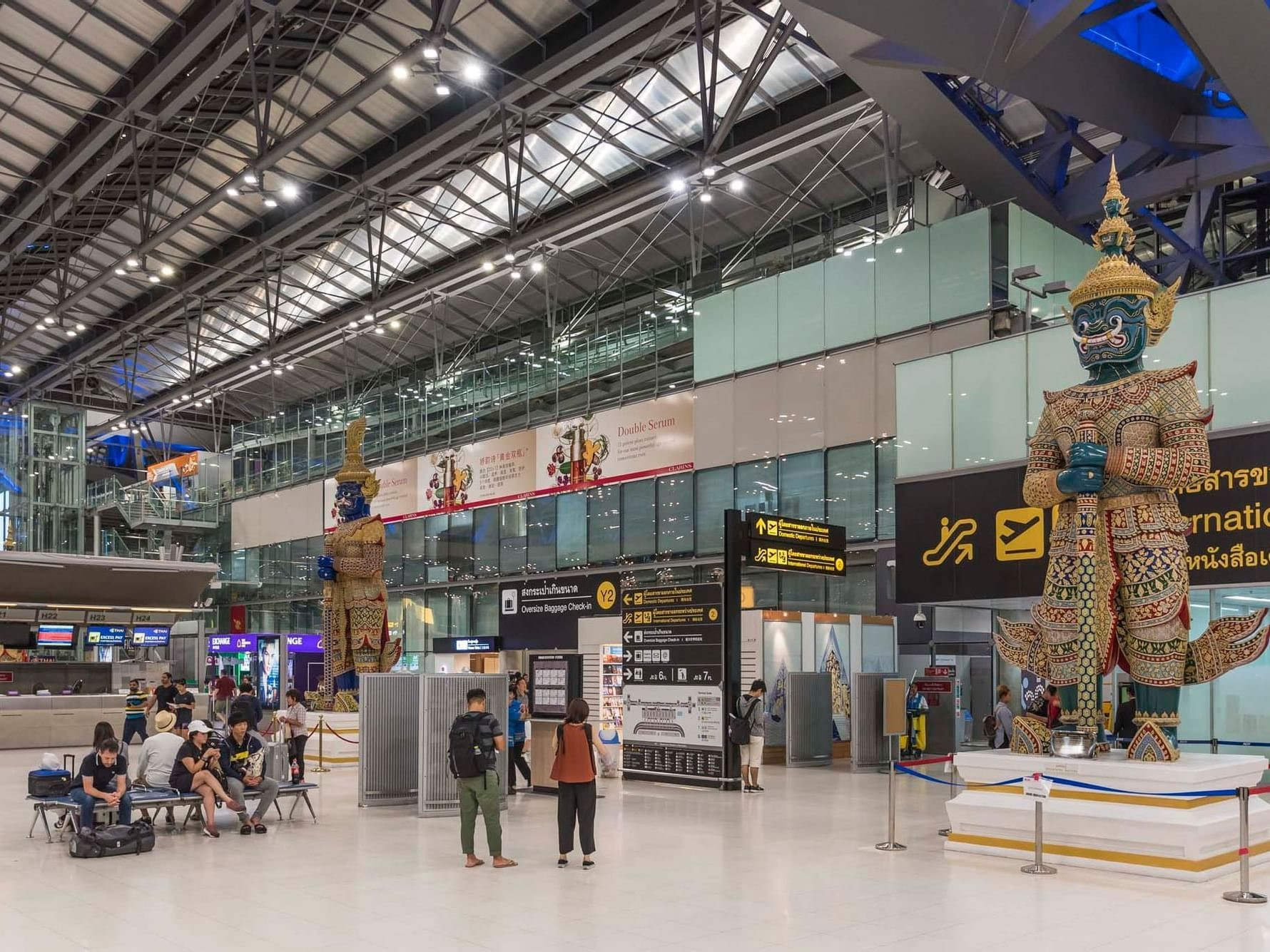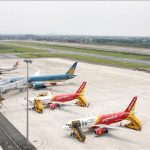
On September 21st, entrepreneurs offered initiatives and insights to foster the country’s economic and social development at a conference with the Government Office on solutions to contribute to the nation’s progress.
Entrepreneurs Unite to Drive Vietnam’s Economic Growth
During the conference, Ms. Nguyen Thi Phuong Thao, Chairman and CEO of Sovico Group, emphasized the need to leverage aviation to attract tourism, trade, and international investment to Vietnam, given the current economic challenges.
“Let’s transform Vietnam into an aviation hub for the region and the world. With our advantageous location, we should urgently invest in and upgrade our international airports to become a transshipment center for passengers and cargo, akin to Bangkok, Singapore, and South Korea,” she urged.

Nguyen Thi Phuong Thao, Chairman and CEO of Sovico Group. Source: VGP
Representing Vietjet, she further highlighted that Vietnam is a center for aviation training and technology. The country has the conditions and capabilities to establish a regional-scale aircraft maintenance service center, known as a hangar, at its airports.
Despite operating over 100 aircraft, Vietjet lacks a hangar in Vietnam. Consequently, hundreds of their technical staff are based at Wattay Airport in Vientiane, Laos, as part of a joint venture with Lao Airlines, incurring significant costs.
Meanwhile, Vietnamese enterprises have begun manufacturing aircraft components. With substantial aircraft orders, Vietnam is positioned to become a hub for aircraft component manufacturing and assembly, similar to China’s production of Boeing components and assembly of Airbus aircraft.
Dubai’s Global Aviation Hub: An Aspirational Model
The concept of a “global aviation hub” or “hub airport” is coveted by many territories and nations due to its immense economic benefits. It entails a location where flights from various origins converge to discharge passengers who then proceed to their onward journeys.
Dubai serves as the quintessential model of a global aviation hub, and its development has been closely intertwined with the growth of its aviation infrastructure.

Dubai solidifies its status as a leading global aviation hub.
Reinforcing Dubai’s position, an additional investment of 128 billion AED (34.8 billion USD) is being directed towards a passenger terminal at Al Maktoum International Airport (DWC). As quoted by ARN News, Paul Griffiths, CEO of Dubai Airports, affirmed, “This further cements Dubai’s position as one of the world’s leading aviation hubs.”
Mr. Griffiths elaborated, “Al Maktoum International Airport will have the largest capacity worldwide, accommodating up to 260 million passengers. It will be five times the size of Dubai International Airport, and all operations from the current airport will eventually transition to this new facility.”
He further highlighted that the airport will feature 400 aircraft stands and five parallel runways, incorporating cutting-edge aviation technologies.

Thailand possesses significant potential to become ASEAN’s global aviation hub.
In Southeast Asia, Tony Fernandes, CEO of Capital A, the parent company of AirAsia, remarked after a meeting with former Thai Prime Minister Srettha Thavisin in January this year, “It’s time for Bangkok to become ASEAN’s global aviation hub, just like Dubai in the Middle East,” as reported by The Nation.
“We want to turn Bangkok into the next Dubai in terms of being a global aviation hub because the ASEAN region has great potential with a population of over 700 million,” Mr. Fernandes added.
Similarly, at the beginning of this year, the state of Sarawak in Malaysia aspired to emulate Dubai’s model and become a global aviation hub after its airlines commenced operations.
Sarawak’s Premier, Tan Sri Abang Johari Tun Openg, emphasized the significant economic opportunities that the status of a global aviation hub would bring to the state.
“By adopting the Dubai model, we can bring more economic benefits to the people. That’s why we want to take over and set up our own airline to balance airfares and create other value-added benefits,” he explained, as quoted by the Malaysian news agency Bernama.
Towards the end of last year, the Sarawak government acquired MASwings Sdn Bhd.
Proposed Upgrade to Cat Bi Airport’s Capacity to 13 Million Passengers Annually
The proposed expansion of Cat Bi International Airport is an exciting development for Vietnamese aviation. With a vision for 2050, the airport aims to significantly increase its capacity, serving an impressive 13 million passengers and a substantial 250,000 tons of cargo annually by 2030. This ambitious plan, proposed by the Civil Aviation Authority of Vietnam, underscores the country’s commitment to enhancing its aviation infrastructure and establishing Cat Bi as a prominent aviation hub.
Selecting a Competent Investor for the Development of the Component Project 4 of Long Thanh International Airport
The Government Office has just issued Official Letter No. 2920/VPCP-CN to convey concluding comments made by Deputy Prime Minister Tran Hong Ha, Head of the Working Group for the implementation of the Long Thanh International Airport construction investment project, regarding the implementation of the project.











































